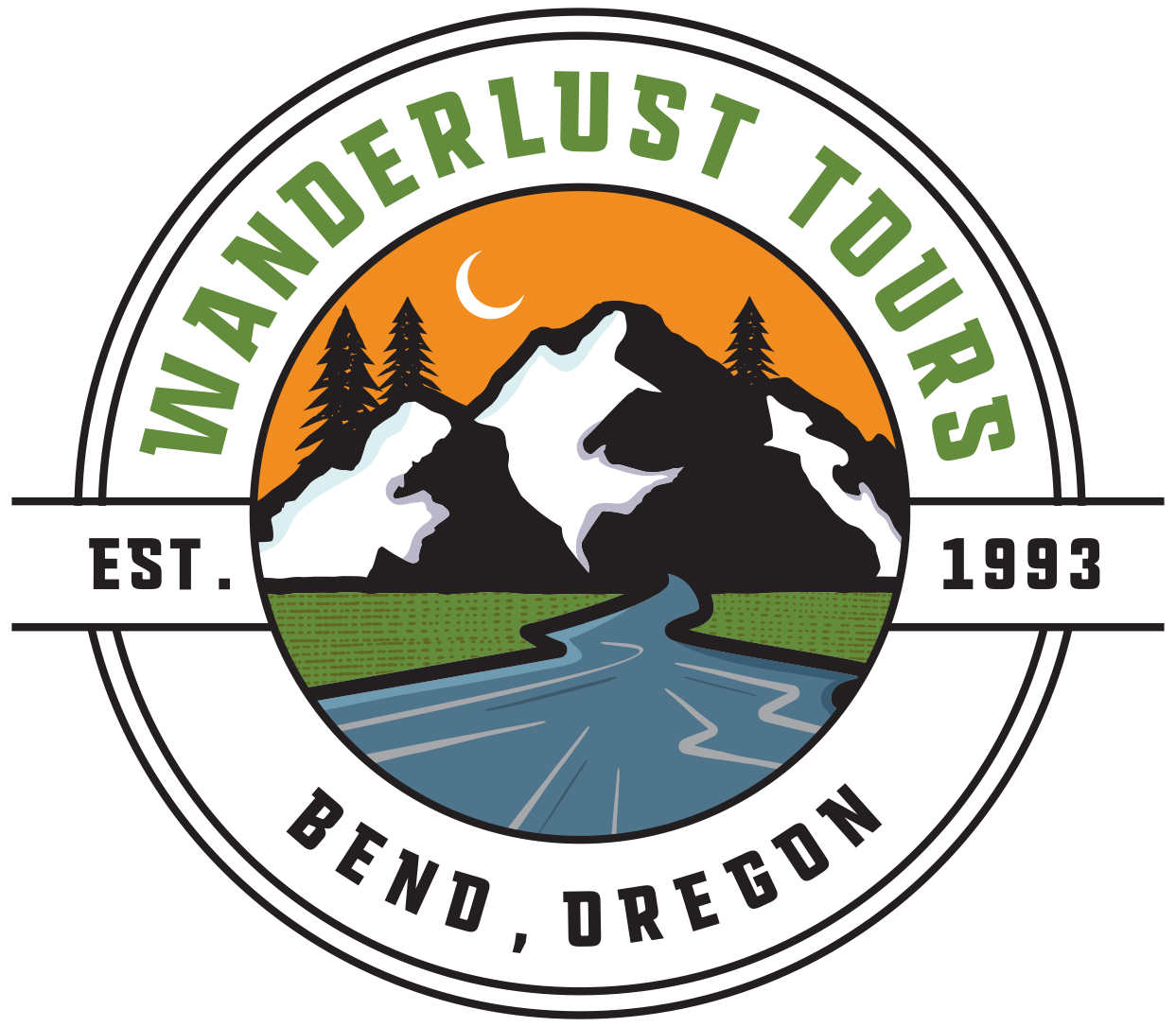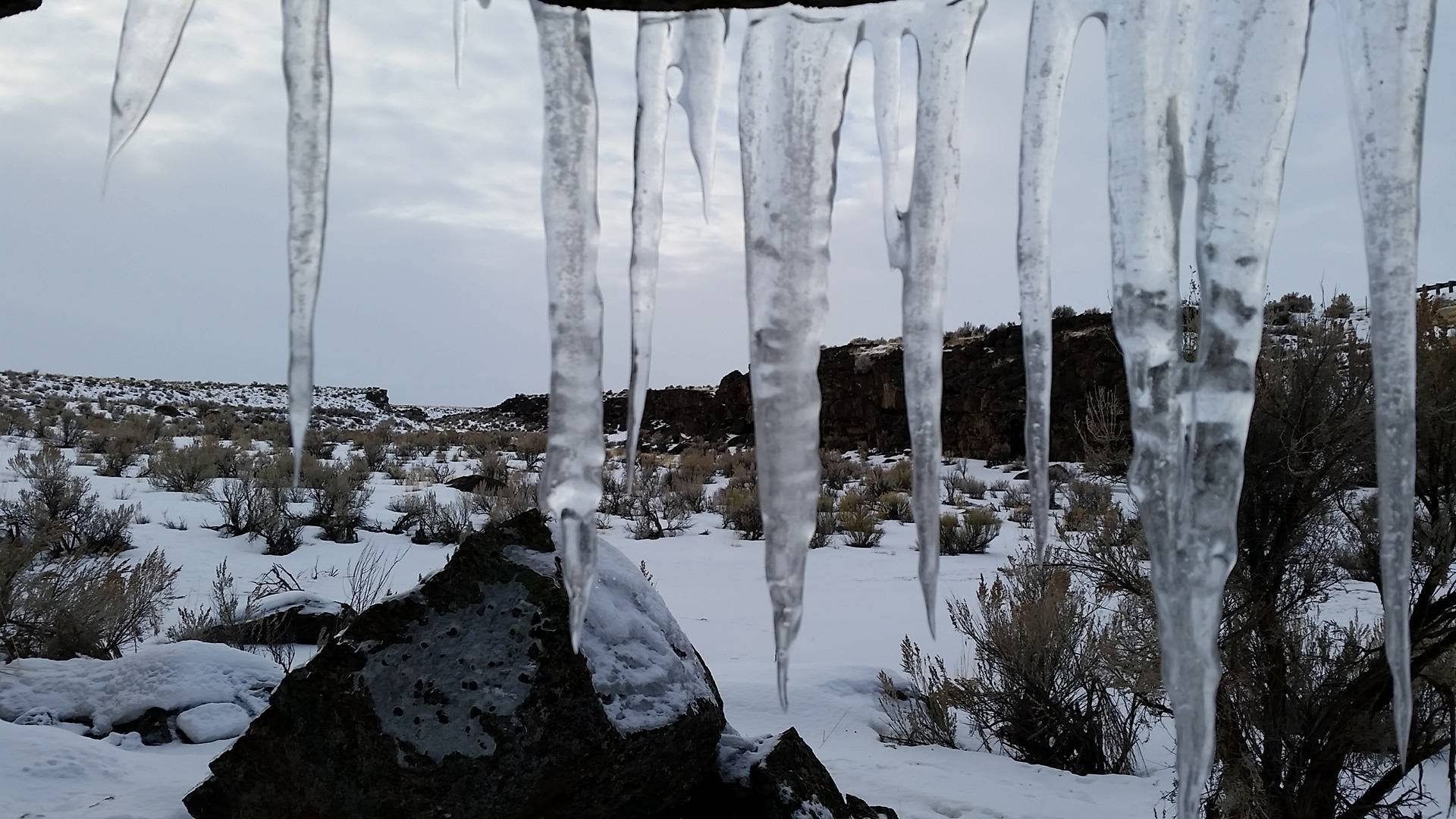LEARN ABOUT the Subnivean Zone & SHARE YOUR KNOWLEDGE BELOW FOR THE CHANCE TO SCORE A HALF-DAY TOUR!
Once winter arrives, the temperature drops and snow begins to fall, we start to notice a stillness within the forest. We only see the pristine, fluffy, white, pillows of snow that cover both the trees and ground. Just below the untouched earth exists an entire world that most humans never see, where animals are free to live without being bothered by the harsh winter conditions above ground. This area is called the subnivean zone.
Sub being the Latin translation for below and niveus meaning snow, the subnivean zone quite literally means below snow. When snow falls before the ground is completely frozen solid, the ground warms up the snow directly on top of the ground and ultimately creates water vapor. That water vapor rises and begins to form ice crystals on the lowest layer of snowpack. This layer of ice acts as a ceiling as more snow piles on top. The snow on top of the subnivean zone creates insulation and keeps the internal temperature around 32 degrees. This also helps to prevent wind and other winter conditions from affecting the zone. Logs or vegetation that can hold up the snow off the ground can also create the subnivean zone.
Photo by Chaney Swiney
The subnivean zone is home to many small mammals such as rabbits, mice, voles, shrews, and lemmings. These mammals use the labyrinth of tunnels for traveling, sleeping, and storing food. Some animals will store a cache of food in this zone to avoid losing where food was placed. This zone can even have direct routes to food sources such as seeds and grasses. The only visible part of the subnivean zone above ground is the hole they use to enter and exit this elusive world. These holes are not only essential for entrance and exit but also double as exhaust vents for carbon dioxide from animal respiration to escape.
Photo by Chaney Swiney
Photo by Chaney Swiney
While some animals call the subnivean zone home, predators use it as a hunting ground. Owls, foxes, coyotes, wolves, and weasels can hear the movements of the small animals under the snow and can plunge into the snow collapsing the tunnels, catching themselves a meal. (Think of the fox jumping into the snow head first, this is their intention).
Weasels can take over some of the tunnels and chambers created by other animals to keep themselves warm and protected. Weasels have to hunt anywhere between 5-10 times daily since they use a lot of energy heating their long bodies, a small stomach, and a resting metabolic rate twice that of similar sized animals. Owls and overhead predators listen while perched on nearby branches, then swoop in when the time is right.
Not only is the subnivean zone important for animal life, it is also essential for plant life as well. This zone and the layers of snow that fall on top protect potentially fragile ecosystems from being stepped on while many of us explore the outdoors in the winter time.
Snowshoeing around in the wintertime is a great way to access areas that are normally filled with small trees, shrubs, and wildflowers. While we can go off trail and explore new sites there is still a functioning world just below our feet. While diving into the forest during this time of year, you are almost guaranteed to find some amazing animal tracks, especially after a fresh snowfall.
Our Naturalist Guided Snowshoe Tours take place in the mighty Cascade Mountain Range. This area is home to beautiful old growth forests and wildlife. Exploring at lower elevations we can find rabbit tracks. My favorite part is that you can see exactly which way these rabbits are headed and near the treewell we can see the precise area where they enter into the subnivean zone.
Photo by Chaney Swiney
Moving uphill just about a hundred feet, we start to see more pine marten and fox tracks. Being able to follow those tracks with snowshoes is such an incredible experience, as if you are seeing the world through the eyes of the animals that call it home.
Winter has become a favorite season of mine. It allows me to connect with wildlife, learning where they go, seeing what they chase, and even just following the trails they make. Winter and more specifically, snow, has allowed me to make trails with snowshoes and take paths through forests that no one else has ever taken. Snowshoeing truly gives a whole new perspective to an area and is my favorite way to explore in the winter while still protecting the natural environment.
Wanderlust Trivia
Test your knowledge below for the chance to score a half-day tour!
Winner will be announced in our April Newsletter
























